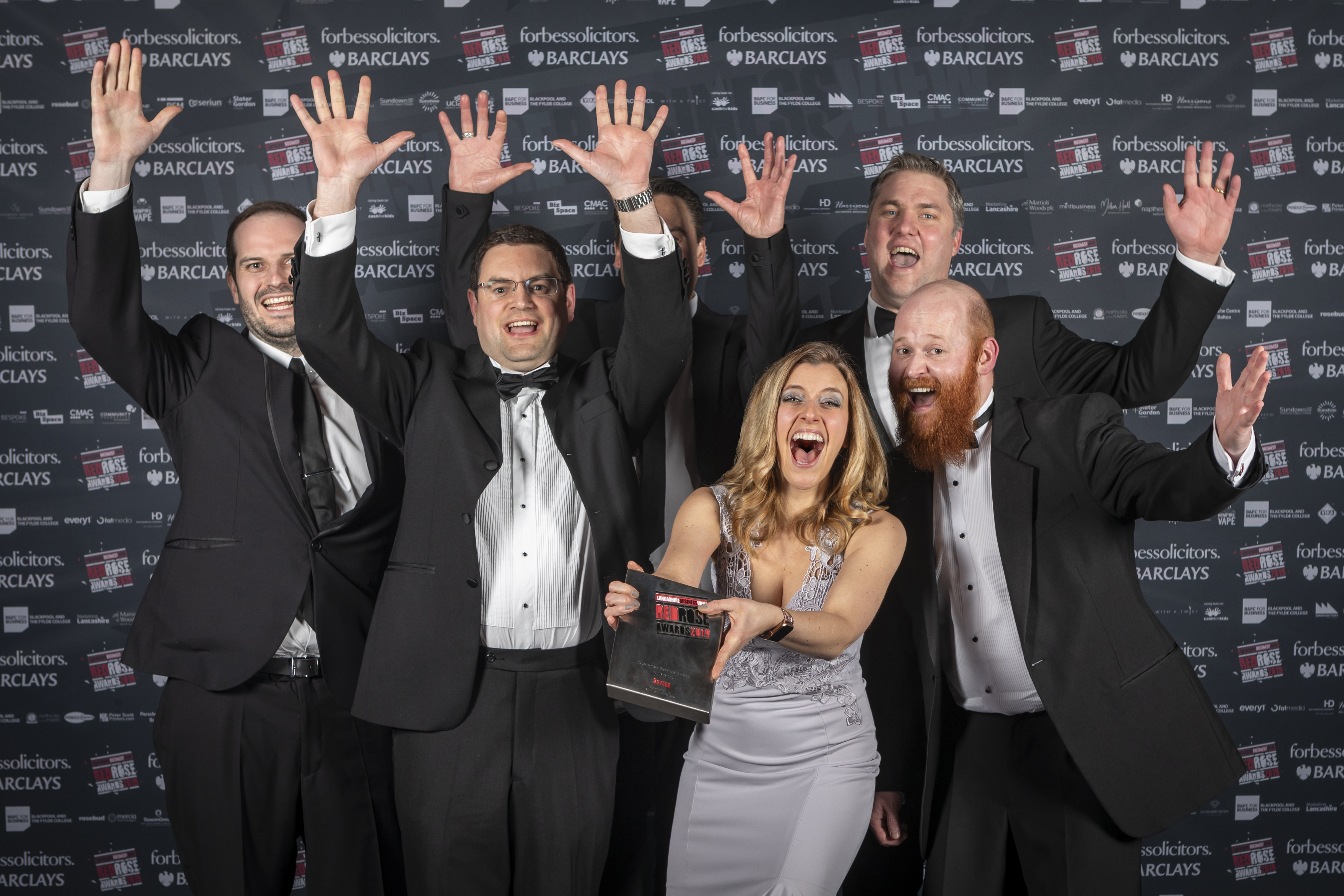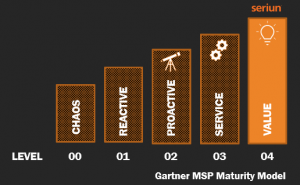
Outsource or keep IT Support in house?
Often a very common dilemma for organisations of all shape and sizes, “Do we use an internal IT support team or do we use a third party service provider?”
What’s the difference between IT Support and Managed Services?
Before the question of in-source or outsource, there’s the definition of ‘IT Support’. Understanding the roles, responsibilities of an IT resource and how this impacts your business is critical. Many businesses will assign the responsibility of managing IT (Information technology) to an existing person within the business – the IT manager.
Where these resources are in house, an individual or team may exist to provide ‘break fix’ services to the organisation. Outsourced scenarios could consist of similar structures with the majority of the resource base provided externally. Larger organisations may adopt a hybrid approach; technical services delivered both internally and externally.
A common MSP (Managed Service Provider) ‘secret’ – is that not all are created equal.
Gartner produce a model to identify the maturity level of an MSP (Managed Service Provider). The model starts at level zero and climbs to level 4, the last being an organisation that has moved through the phases. Level 4 provides ultimate value to the customer, by engaging with their team to become a trusted adviser and strategic partner.
I would also argue that engagement should include engaging with the MSP team. Empowering the people of an MSP so they can take a ‘design thinking’ approach continues to serve the customers customer.
So should we outsource or not?
This depends on what’s right for your organisation and there’s no simple answer. A hybrid approach may present the best value. Common advantages of an external team seem fairly obvious, you’re getting multiple resources and their combined experiences. There’s little in the way of HR management. However as discussed providers should be proactive, continually invest in tools and infrastructure to ensure the service is delivered to a ‘world class standard’.
Achieving level 4 maturity is challenging, once obtained, continually improving is an attribute of a forward thinking provider. An MSP provider focused on digitally transforming your business with a focus on the customer experience unlocks value and return.
Focus on the Customer
Understanding the requirements of the customer when delivering technology is often misconstrued or just not a priority. A managed service provider generally has exposure to many different systems and challenges. These compound to provide a good understanding of the many operational challenges and their solutions. In addition the advances in technology such as cloud based solutions or digital automation and integration offer enhanced efficiencies compared to legacy or traditional processes.
To often the desire to sell technical specification over value erodes the customer proposition. Traditionally, managed service providers and IT support personnel alike take the ‘lights on’ view. The notion that if a service is up or running, everything is as it should be; the SLA (service level agreement) has been met, “Nothing to see here!”. A modern MSP is differentiating, taking this one step further and delivering on a customer experience agreement. The ‘shift left’ from the ‘green lights’ of the service, to the person using the service and how it’s functioning for them is a step further in the evolving world, coined “IT Support”.
Why be more digital?
Stanford psychologist, Dr. Carol Dweck suggests that businesses and leaders with a growth mindset outperform those with a fixed. Satya Nadella, Microsoft’s CEO built upon this and transformed Microsoft’s culture to that of a ‘Growth Mindset’. Impacting the organisation positively, increasing talent, ability and even intelligence through curiosity, learning, and discipline.
Fostering an engaging culture, building efficiencies and transforming your business process through a digital first approach is critical. This approach breeds competitive advantage, transforming operations from slow, resource intensive disparate tasks, to streamlined, integrated and automated processes.
Click & Get in touch with us today to transform your organisation.

